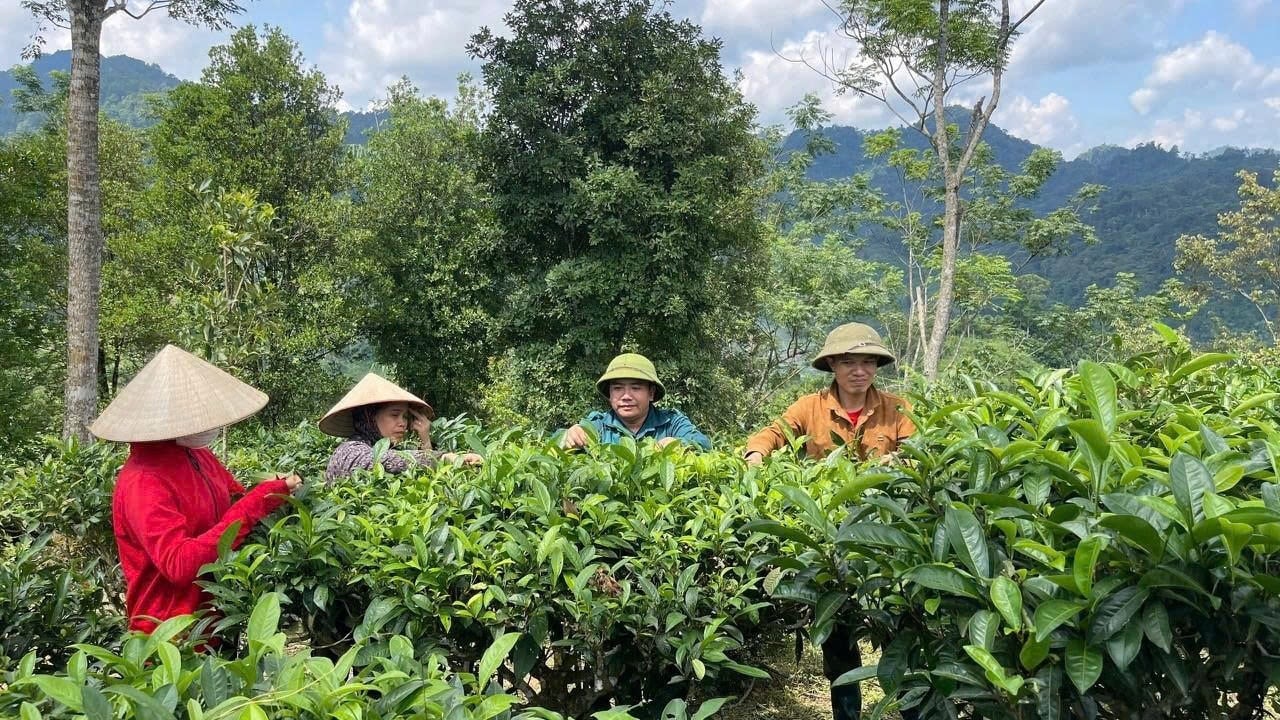
Shan Tuyet tea trees grow strongly in Yen Binh land.
Crop diversity opens new directions for highland areas
Coming to Yen Binh commune, it is easy to see the green Shan Tuyet tea hills stretching along the mountain slopes. In that place, the people have attached themselves to the tea trees as a part of their flesh and blood, considering it a “green source of life” that has nurtured many generations.
The family of Ms. Phan Thi Nguyet, Ban Moc village is one of the typical households getting rich from tea trees. Previously, her family's 6,000m² of tea was mainly harvested and sold to small traders, with low economic value. Since joining the local tea cooperative and benefiting from the project to support intensive cultivation and improvement of Shan Tuyet tea trees implemented by the Department of Agriculture and Environment, the tea area has been invested in and cared for properly, applying new techniques, so productivity and quality have continuously improved.
“Thanks to technical support and stable output, tea trees now not only bring in a steady income but also help my family feel secure in sticking with them for the long term. The more we take care of them, the more the tea will respond with a bountiful harvest,” Ms. Nguyet shared.
Currently, the entire Yen Binh commune has 105 hectares of Shan Tuyet tea being harvested, with output increasing steadily each year. Thanks to the connection between the people and the cooperative, the tea products here have a brand, are consumed stably, creating jobs and income for hundreds of households.
Not only stopping at tea trees, Yen Binh also takes advantage of soil and climate to develop star anise and cinnamon, crops with high economic value, associated with indigenous cultural characteristics.
The whole commune currently has about 900 hectares of anise, of which 750 hectares are being harvested, with an average yield of 3 tons of fresh fruit/hectare, equivalent to 2,250 tons per year. Cinnamon trees are also growing strongly with 1,200 hectares, of which 800 hectares are ready for exploitation, yielding 20 tons/hectare, with purchase prices ranging from 15,000 VND/kg fresh to 40,000 VND/kg dry. This is a stable source of income, helping many households have a more prosperous life.
Chairman of the People's Committee of Tran Ha Nam commune said: "The Resolution of the Commune Party Congress for the 2025-2030 term identifies the breakthrough as developing key industrial crops, such as Shan Tuyet tea, star anise, cinnamon, tobacco... The commune is mobilizing all resources from programs and projects to support people in terms of varieties, science and technology, product processing and consumption, creating a sustainable value chain."
Thanks to that, the previously difficult mountainous rural areas are now changing strongly. The green hillsides planted with star anise and cinnamon are not only “capital” but also the people’s belief in a more prosperous future.
Spreading effective livelihood models
Thanh Mai commune is also witnessing positive changes when effectively utilizing resources from national target programs for sustainable poverty reduction. In just a short time, this locality has implemented more than 7 projects to support community production development, with a total budget of over 3 billion VND. Models such as raising pigs, chickens for meat, goats for breeding, and buffaloes for breeding have attracted 170 poor, near-poor and disadvantaged households to participate, bringing in significant income.
Along with livestock farming, Thanh Mai also promotes intensive cultivation of high-value crops including 30 hectares of oranges, 33 hectares of tangerines, 2 hectares of seedless persimmons, 5 hectares of plums, 17 hectares of squash and 3 hectares of other fruit trees. Thanks to the diversification of crops and livestock, many households have had a stable source of income and gradually escaped poverty.
According to Vice Chairman of the People's Committee Mai Trung Tuyen, the commune has identified livelihood diversification as a key solution to increase income and reduce poverty sustainably. We continue to effectively promote State support sources; at the same time, encourage people to expand livestock farming and fruit tree growing models suitable to the conditions of each household and each region.
The initial results in Thanh Mai are vivid proof of the effectiveness of the policy when it is implemented closely to reality, focusing on people and using household economic efficiency as a measure.
Not only in Yen Binh or Thanh Mai, Thai Nguyen province has been strongly mobilizing resources from the National Target Program on Sustainable Poverty Reduction, New Rural Development and Socio-Economic Development in Ethnic Minority and Mountainous Areas. These programs focus on directly supporting people in production along the value chain, developing poverty reduction models, diversifying livelihoods, aiming at the goal of "leaving no one behind".
According to the plan, in 2025, the whole province will deploy support for 80 poverty reduction projects and models and 40 production development projects in the agricultural and forestry sectors under the Sustainable Poverty Reduction Program.
Regarding the Socio-Economic Development Program for Ethnic Minority and Mountainous Areas, localities are currently maintaining 317 projects supporting value chain production and community development. These figures clearly reflect the province’s determination to create sustainable motivation for people to escape poverty.
It can be said that the journey of poverty reduction in Thai Nguyen is not only a story of investment and support, but also a journey of faith and aspiration. Each project and each livelihood model bears the mark of the companionship between the State and the people where policy becomes the fulcrum and the people are the subject of development.
From the lush green Shan Tuyet tea hills to the vast forests of anise and cinnamon, from the goat pens and fish ponds to the orange and tangerine gardens laden with fruit, everything blends into a vivid picture of the changing highlands.
Sustainable poverty reduction is not just about numbers or goals, but about concrete actions, about life changing every day. And it is the right and humane way of diversifying livelihoods that is opening new doors for the ethnic minority people in Thai Nguyen, so that each harvest season is a season of prosperity, sustainability and hope.
Source: https://daibieunhandan.vn/da-dang-sinh-ke-giup-nguoi-dan-vung-cao-thai-nguyen-vuon-len-thoat-ngheo-10393460.html


![[Photo] Prime Minister Pham Minh Chinh chaired a meeting to evaluate the operation of the two-level local government model.](https://vphoto.vietnam.vn/thumb/1200x675/vietnam/resource/IMAGE/2025/10/29/1761751710674_dsc-7999-jpg.webp)
![[Photo] Human love in the flood in Hue](https://vphoto.vietnam.vn/thumb/1200x675/vietnam/resource/IMAGE/2025/10/29/1761740905727_4125427122470875256-2-jpg.webp)
![[Photo] New-era Party members in the "Green Industrial Park"](https://vphoto.vietnam.vn/thumb/1200x675/vietnam/resource/IMAGE/2025/10/30/1761789456888_1-dsc-5556-jpg.webp)
![[Photo] Fall Fair 2025 - An attractive experience](https://vphoto.vietnam.vn/thumb/1200x675/vietnam/resource/IMAGE/2025/10/30/1761791564603_1761738410688-jpg.webp)
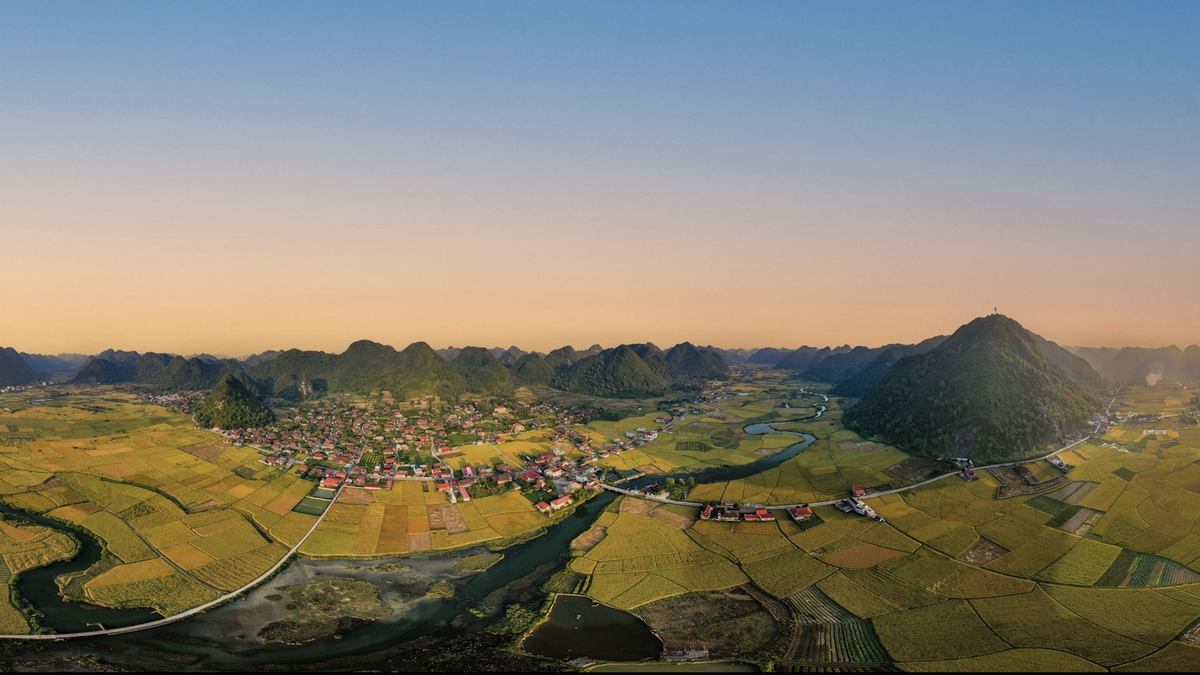
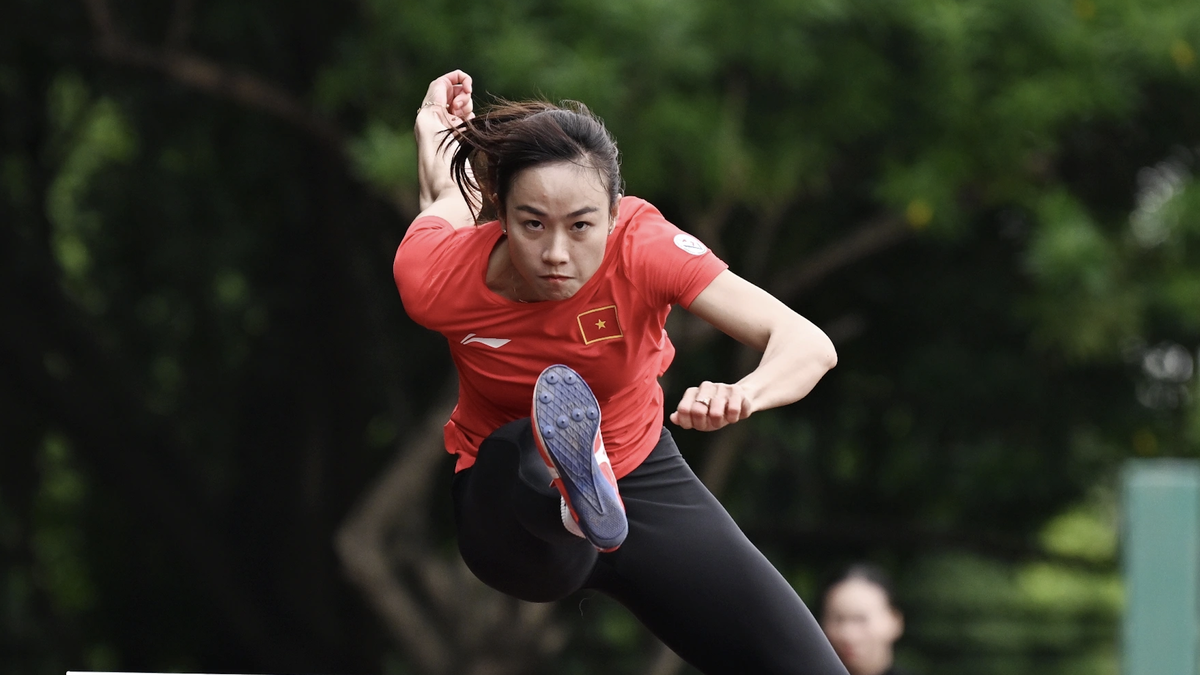


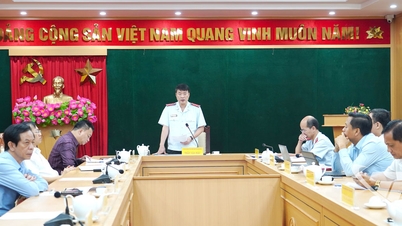
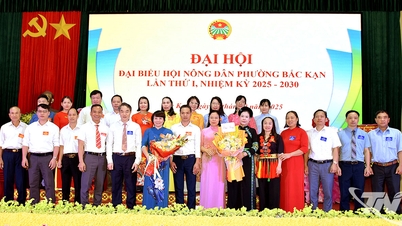
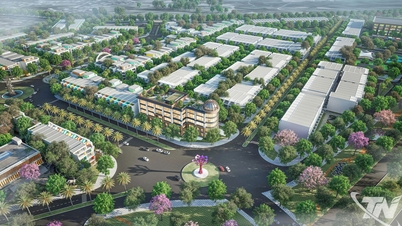
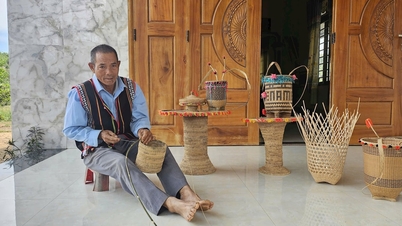

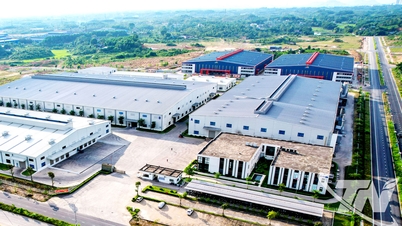
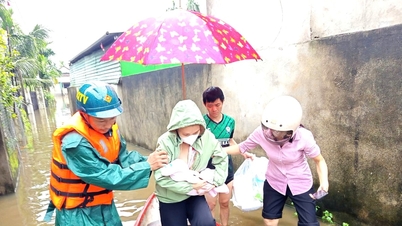
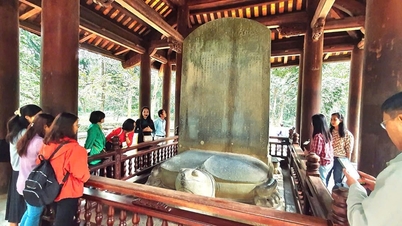

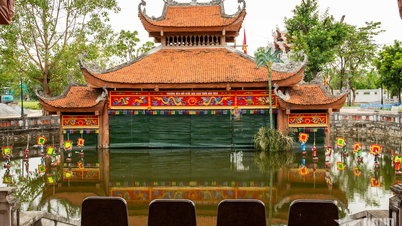





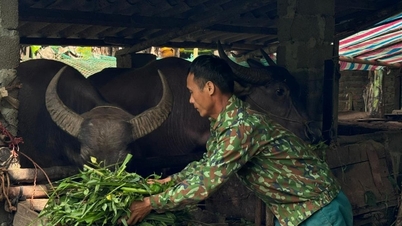




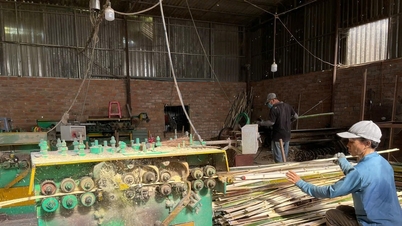


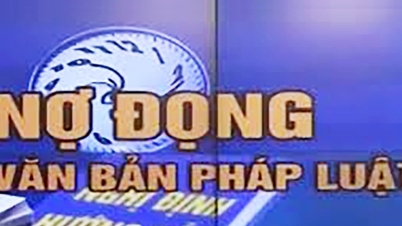


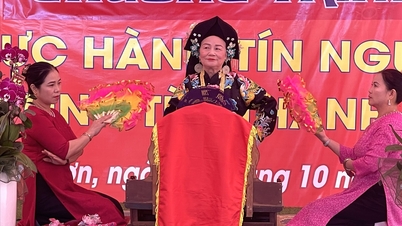









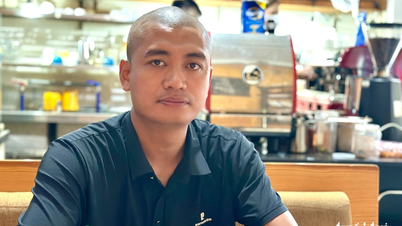

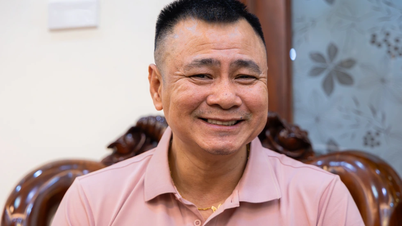












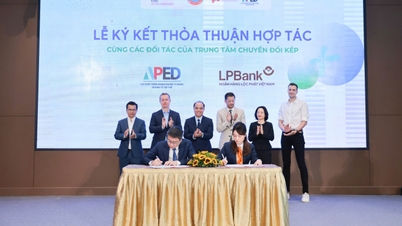

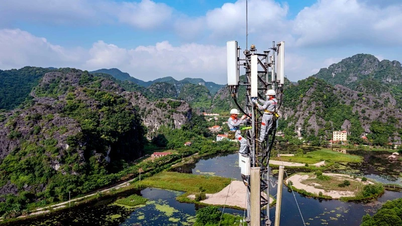








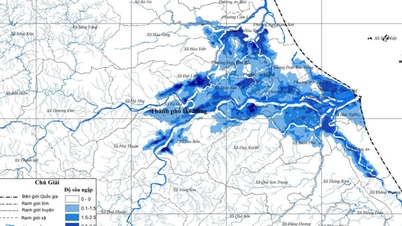
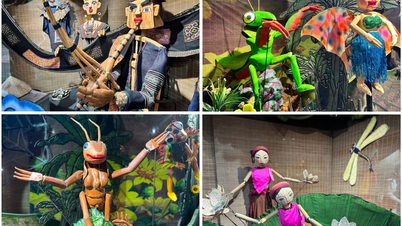




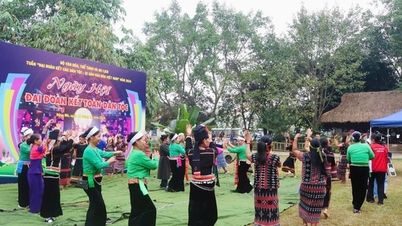

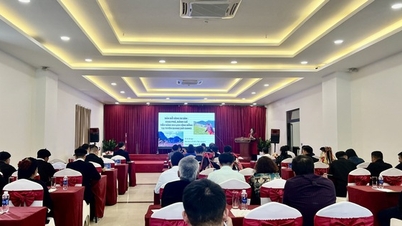

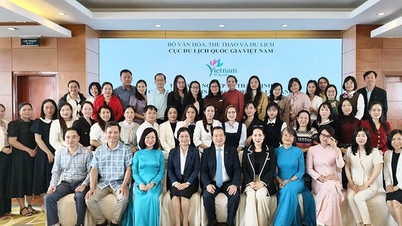

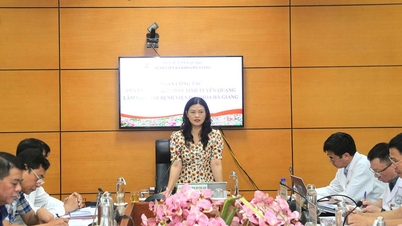

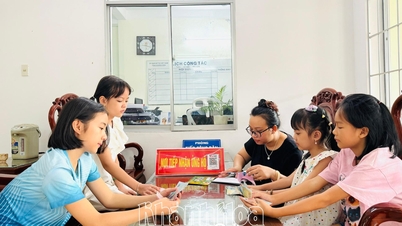


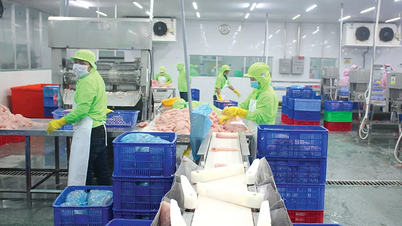

















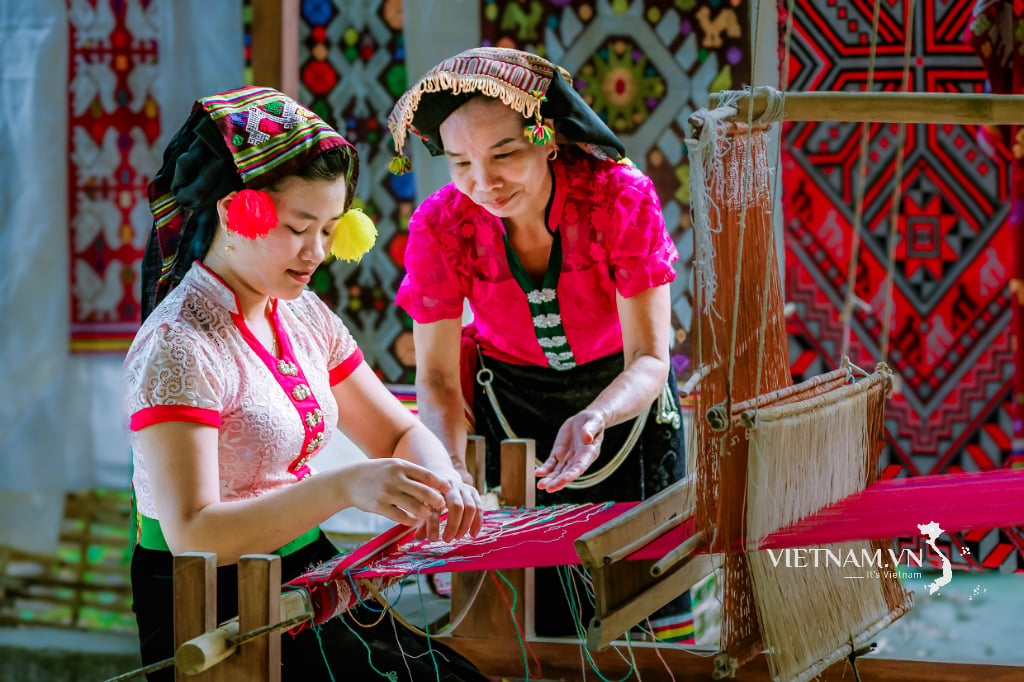

Comment (0)